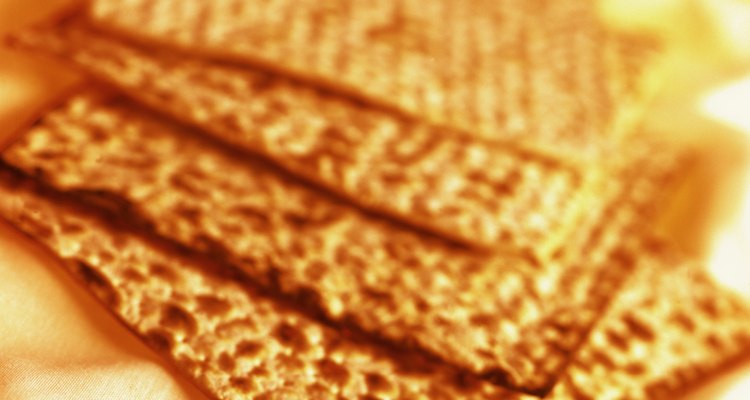
Stockbyte/Stockbyte/Getty Images
Unleavened bread, in the simplest terms, is bread baked without a leavening, or rising agent. Unleavened bread is also referred to as flat bread, a direct reference to its appearance. However, there is a little more involved in what unleavened bread is besides what items compose its basic baking components.
Origins
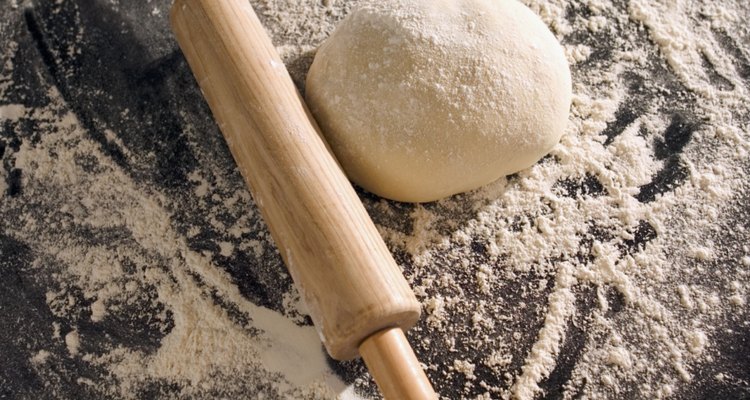
Thinkstock Images/Comstock/Getty Images
The history of bread predates human writing, and no conclusive evidence of either leavened and unleavened bread predating one or the other exists. Historical accounts of the baking of both types of bread have been found throughout the written and pictorial human record. Most significant, however, are the references to unleavened bread in the holy texts of the three major religions of the world--two of which, Christianity and Judaism (the third being Islam), use unleavened bread in rituals and reverent celebrations of faith, namely Holy Communion and Passover meals, respectively.
Bread in Ritual

Hemera Technologies/AbleStock.com/Getty Images
Christians and Jews, in their own way, symbolize the sacrifices and works of God on behalf of man in their consumption of this flat bread. The most well known biblical reference concerns the exodus of the Hebrews from Egyptian slavery. In this reference, Hebrews are instructed by God to eat unleavened bread. Most theologians agree, in addition to the many symbolic aspects, that this command had the practical implications that the Hebrews had little time to prepare food during their flight out of Egypt. Baking unleavened bread takes much less time because there is no need to wait for the dough to rise.
Preparation
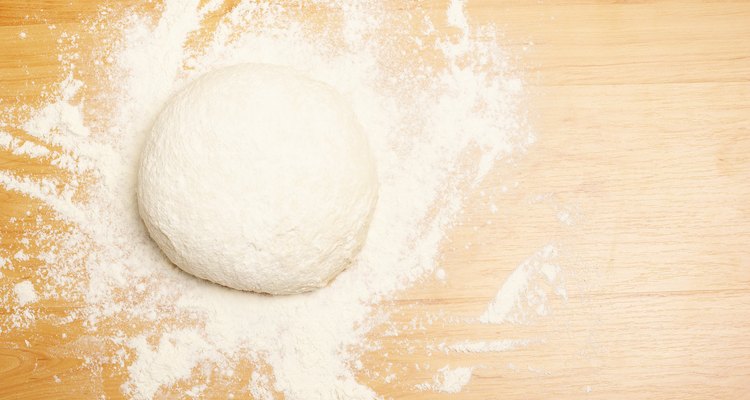
Jupiterimages/Photos.com/Getty Images
Preparing unleavened bread is a very simple process. First, combine 1 cup of whole wheat flour (and a little extra for dusting), 2 tablespoons of extra virgin olive oil and a half cup of water. Put the dough onto a floured surface. Knead the dough for five minutes, then roll out until the dough is about one-eighth-inch thick. Lay the dough on either parchment paper or a greased cookie sheet, then bake in a preheated oven for 20 minutes. Take out and let cool.
Leavening Process

Steve Mason/Photodisc/Getty Images
So what exactly happens during "leavening"? Several rising agents can be used in baking different types of bread. However, the most recognized may be yeast, which, if mixed with sugar, will produce carbon dioxide whenever temperature and moisture are right. The yeast then produces gas that expands when heated, making the resulting product light and altering grain textures.
Other Leavening Agents

Polka Dot Images/Polka Dot/Getty Images
Baking soda, found in baking powder, can be used as a leavening agent if mixed with food acid such as buttermilk, sour milk, molasses, vinegar, lemon juice or cream of tartar. Bakers’ ammonia and potassium bicarbonate, active dry yeast and potash are other lesser known (and rarely used) leavening agents. Also, while eggs are not considered leavening agents, the egg whites, when beaten, can leaven by expansion of the air and by steam when heated. They are the only leavening in many angel food cakes.
Related Articles
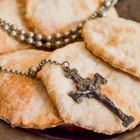
How to Make Communion Bread Wafers

Does Yeast Cause Holes in Bread?
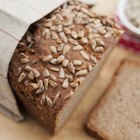
Russian Rye Bread vs. Pumpernickel

How to Keep Sandwich Bread Fresh All ...
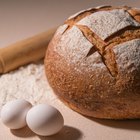
How to Make Nigerian Bread
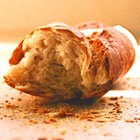
Differences Between French & Italian ...

The Impact of Petrarch

How Many Calories in Gluten-Free Bread?
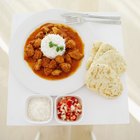
What Is Indian Flat Bread Called?
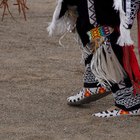
Hopi Indian Foods
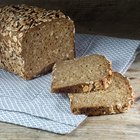
The Benefits of Essene Bread
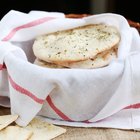
How to Make Egyptian Bread the Egyptian ...

What Is Artisan Bread?

How to Freeze Brioche

How Does a Bread Maker Work?

Lumpia vs. Egg Rolls

How to Egg Wash a Loaf of Challah Bread
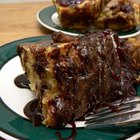
The History of Bread Pudding
Does French Bread Stale Quickly Because ...

How Long Does Banana Bread Stay Fresh?
References
Writer Bio
Malik Sharrieff is a marketing and business communications professional in New Orleans. He has more than 15 years of experience in marketing, public relations and customer relationship management; over eight years of experience as an academic writer; and as an online journalist for two years.
Photo Credits
Stockbyte/Stockbyte/Getty Images